McLaren has finally confirmed technical details of the high-output hybrid powertrain of its new Speedtail hypercar.
The Woking-based firm has previously said its 250mph flagship packed a 1036bhp petrol-electric system, but has given no further details in the 18 months since it was revealed. Now, though, it has been confirmed that underneath the Speedtail's swooping rear deck is an evolution of the firm's twin-turbocharged 4.0-litre V8, mated to a high-capacity electric motor.
The petrol engine is said to feature technology first applied to McLaren's previous hybrid hypercar, the P1. With a lighter air intake, reconfigured cylinder head cooling system and redesigned pistons, it alone produces 747bhp and 590lb ft, up from the 727bhp and 531lb ft produced by the P1's 3.8-litre unit.
The electric motor, contributing more than 308bhp, uses similar technology to that found on Formula E racers. It takes its power from an "extremely compact" 1.6kWh battery pack, which has a power density four times greater than that of the P1's battery pack and is said to deliver "the best power-to-weight ratio of any high-voltage battery available today".

At the Speedtail's unveiling, McLaren claimed this powertrain would be capable of pushing the car to 250mph, a feat it eventually achieved at the end of 2019 as it conducted final high-speed tests at the Kennedy Space Centre in Florida.
The new machine is the latest in the Woking marque’s Ultimate Series and is the spiritual successor to the 1992 F1, featuring a similar three-seat cockpit with a central driving position. The Speedtail will be produced in a limited run of 106 models, matching the production run of the F1. All have already been sold at a cost of at least £1.75 million plus taxes each.

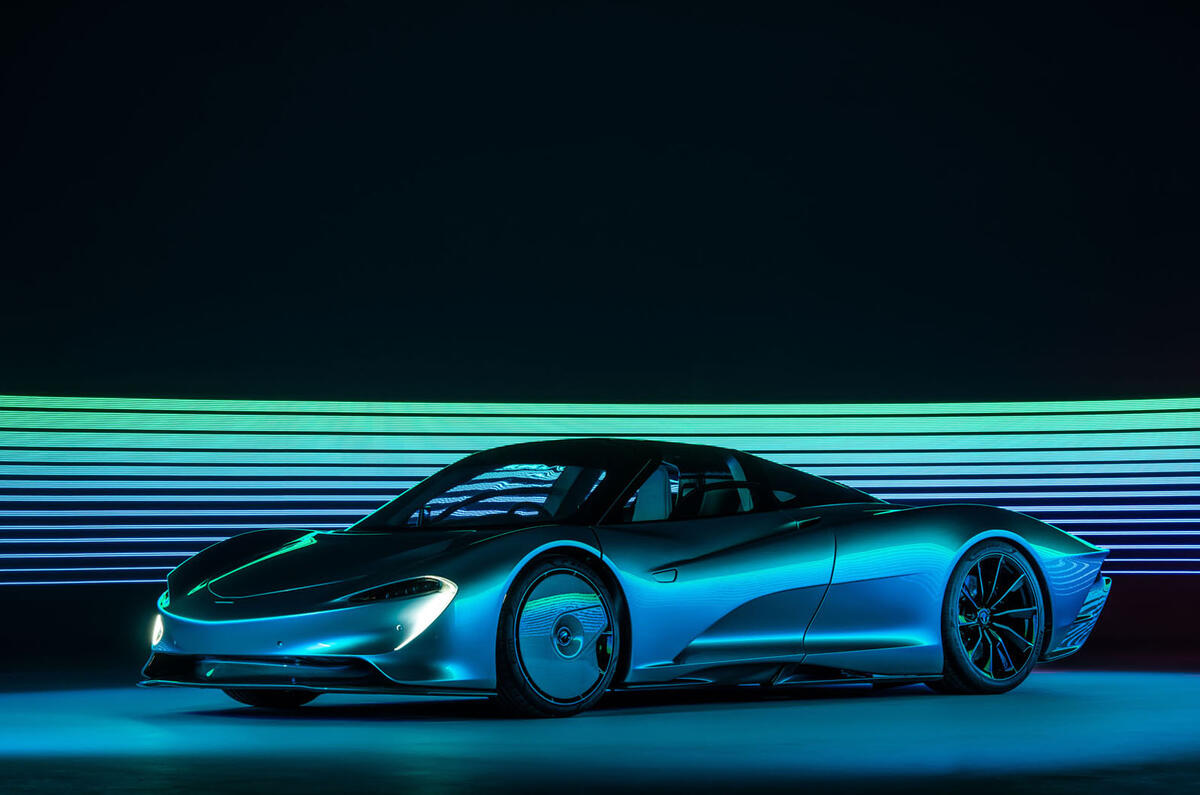
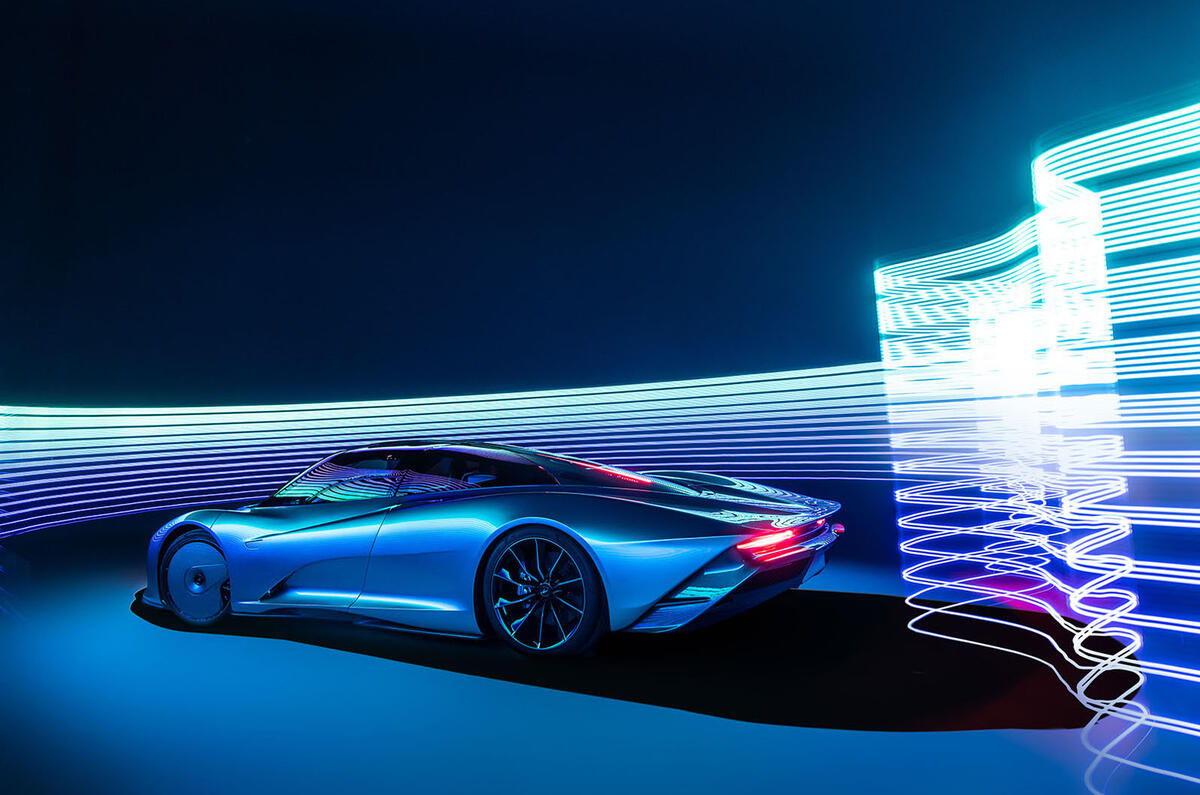
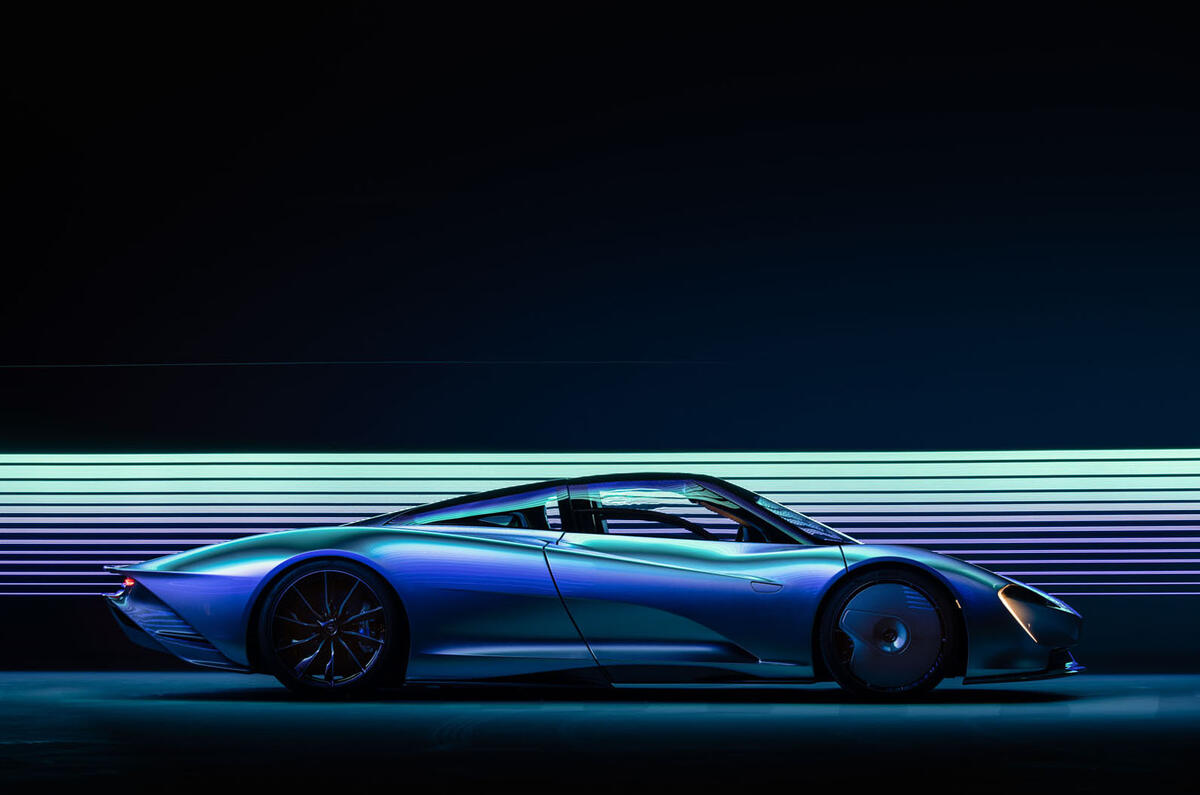
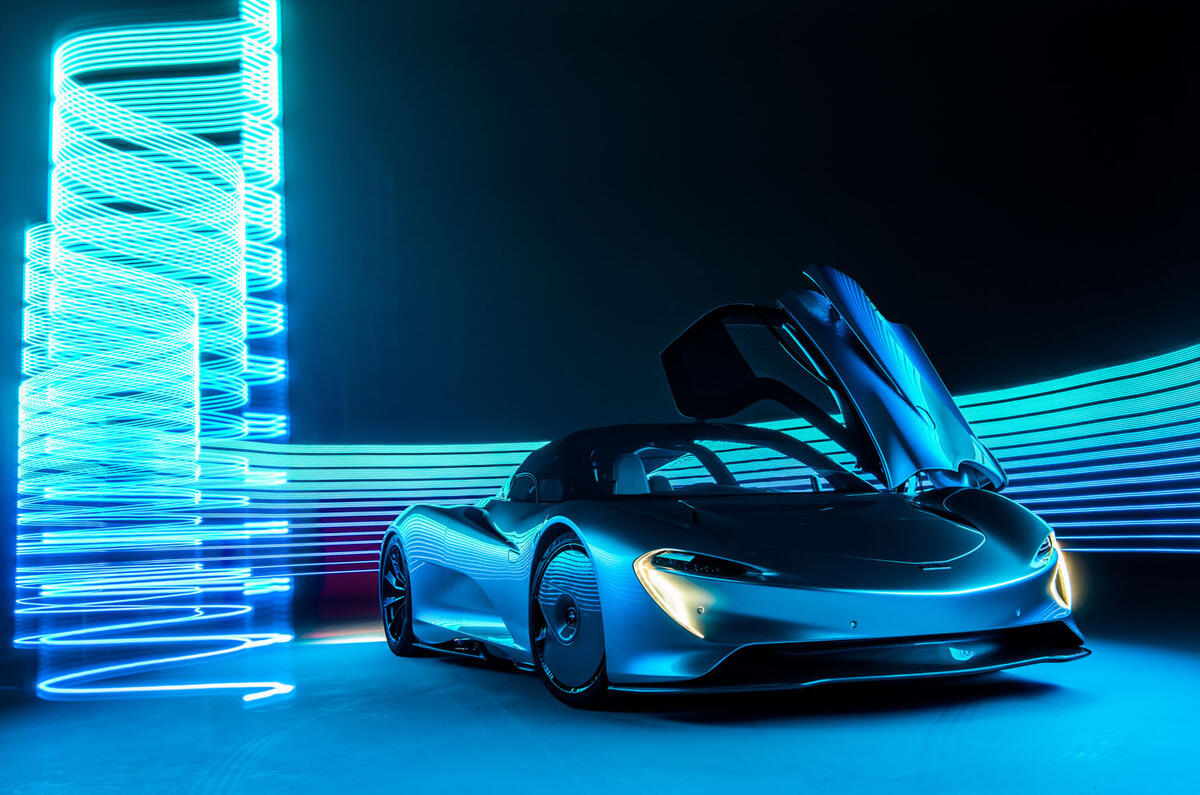
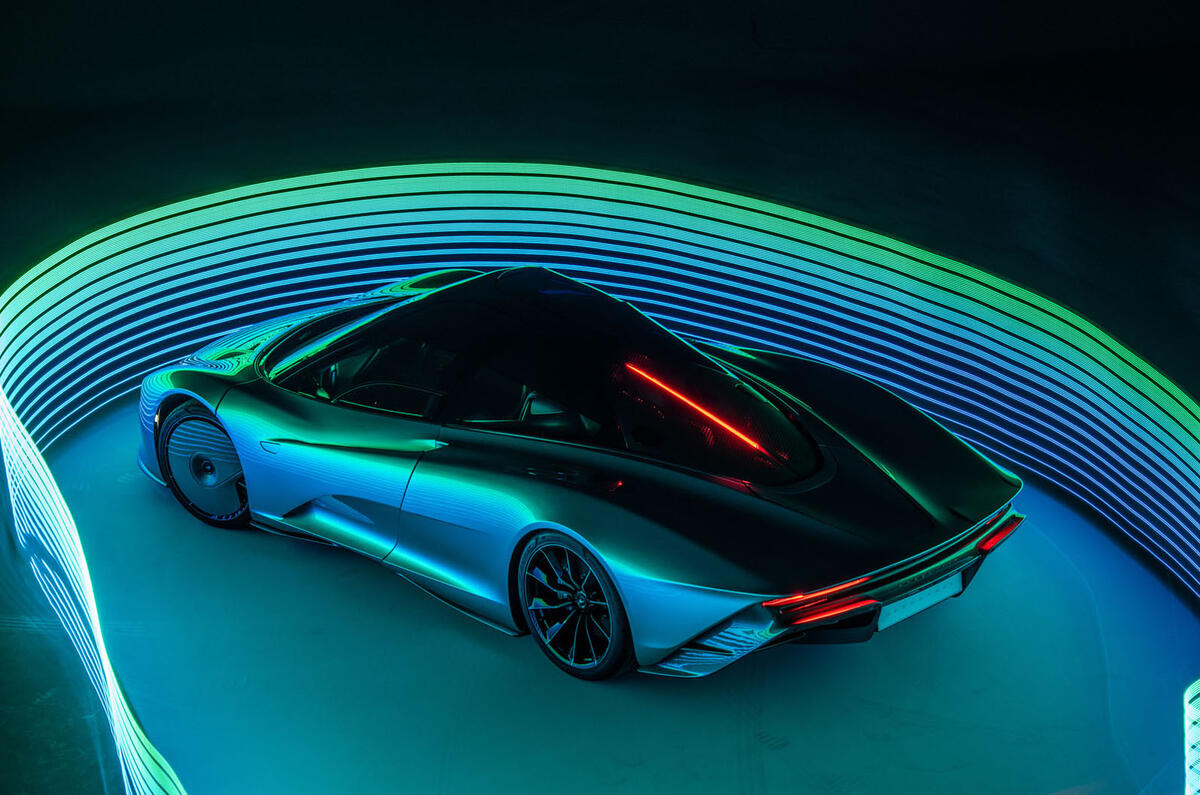
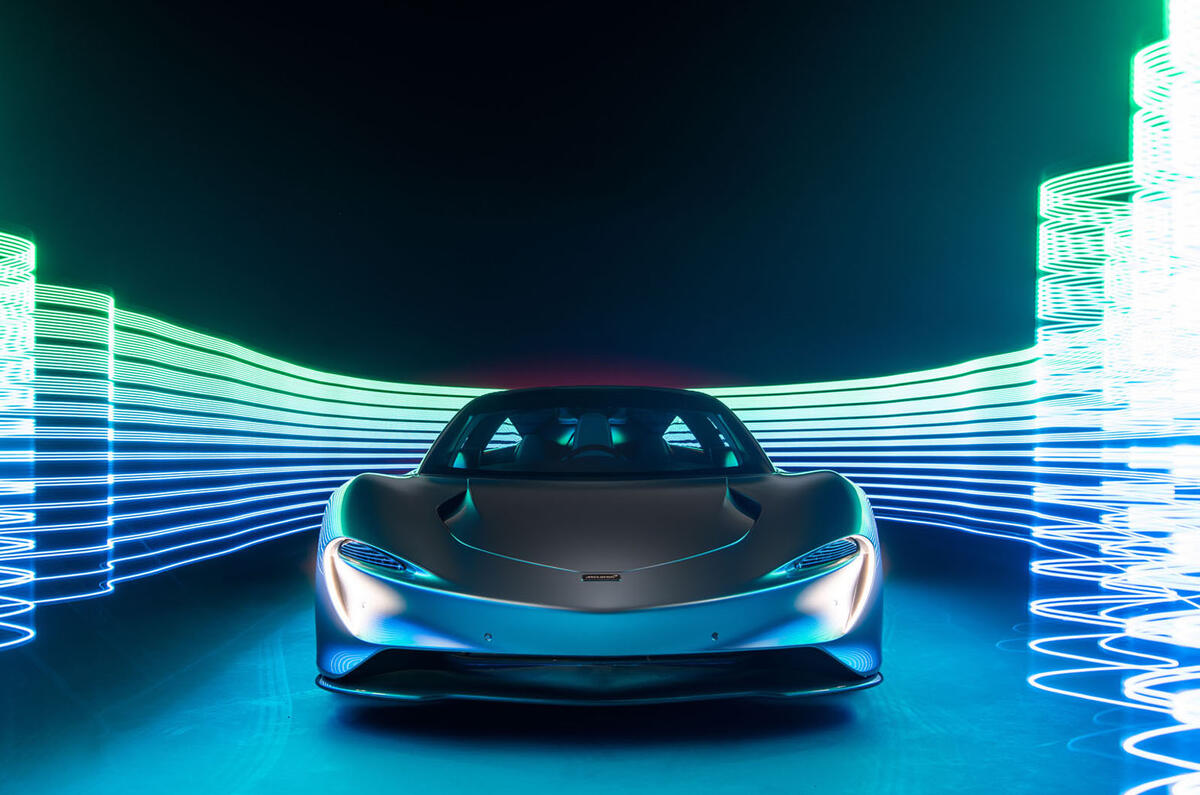
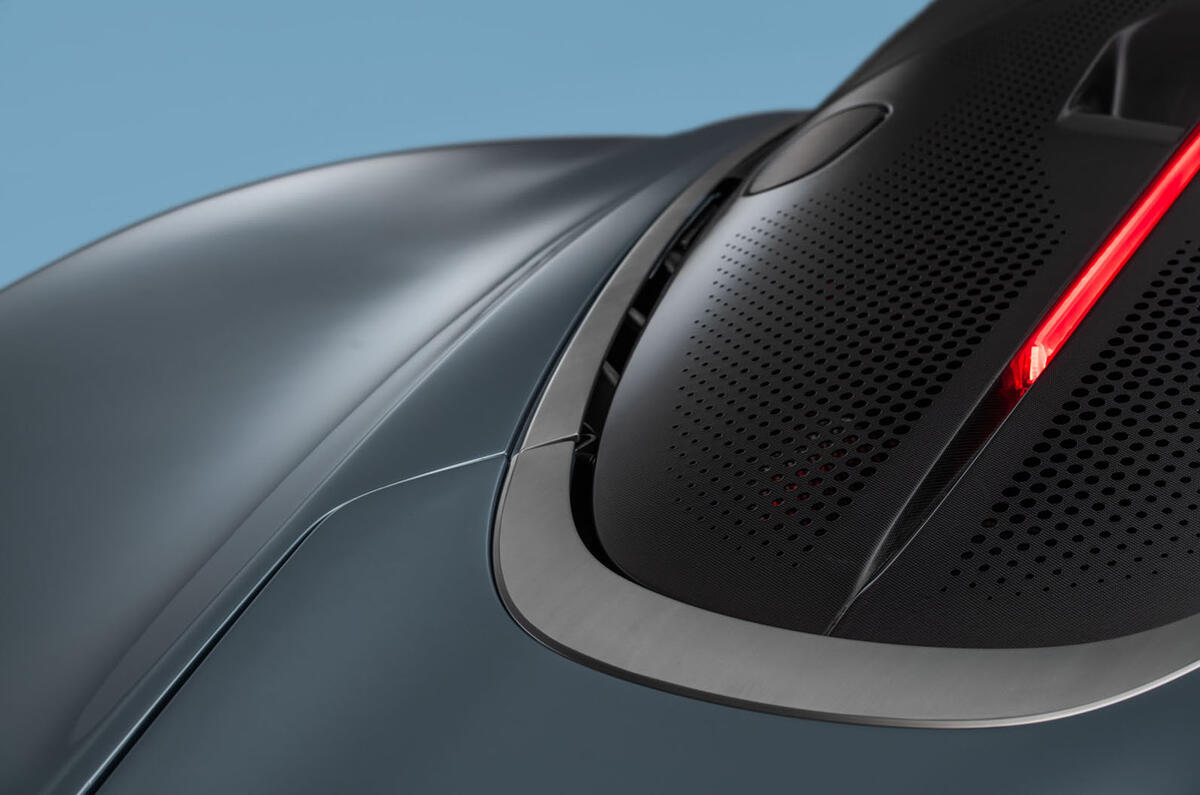
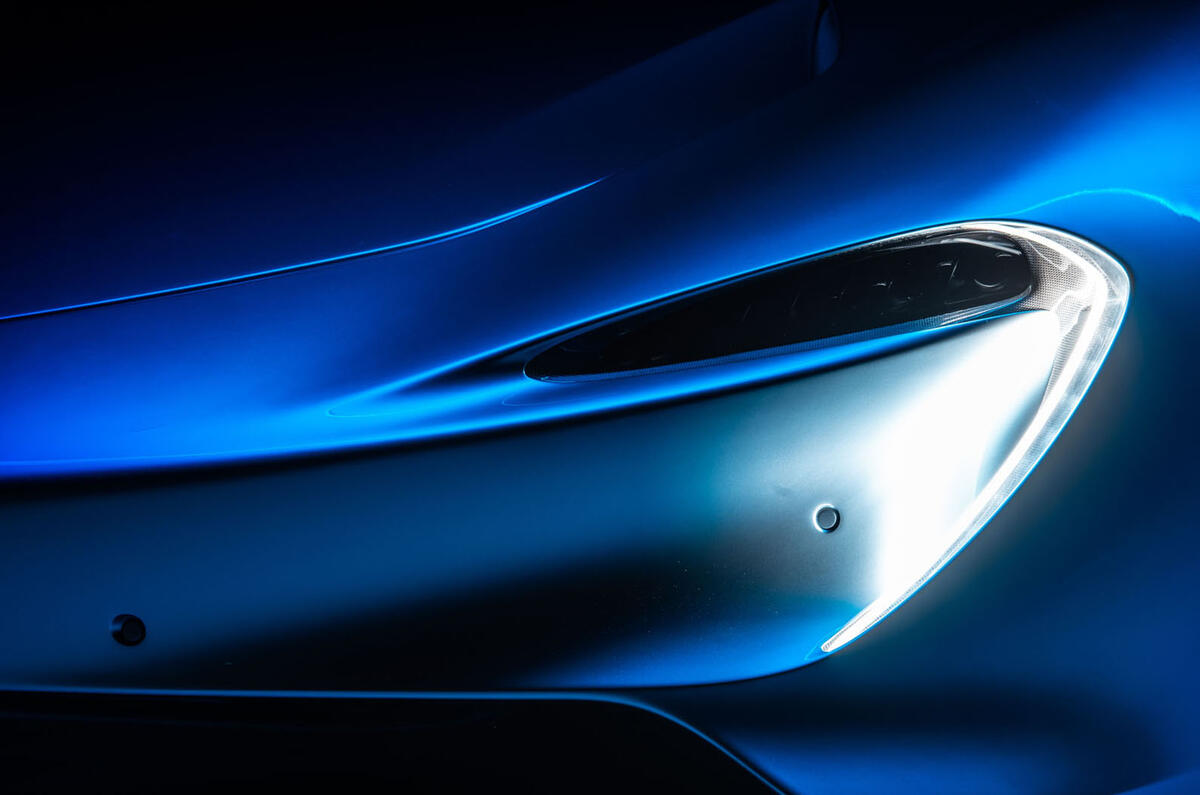
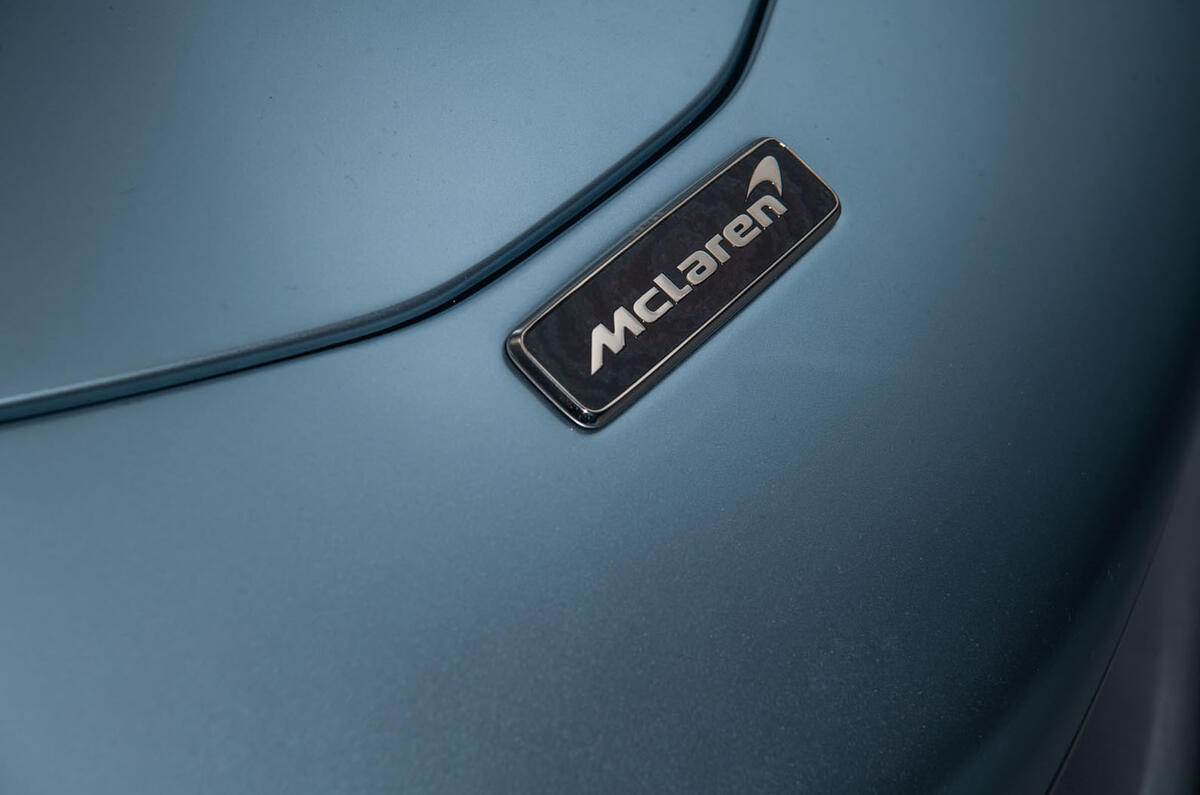
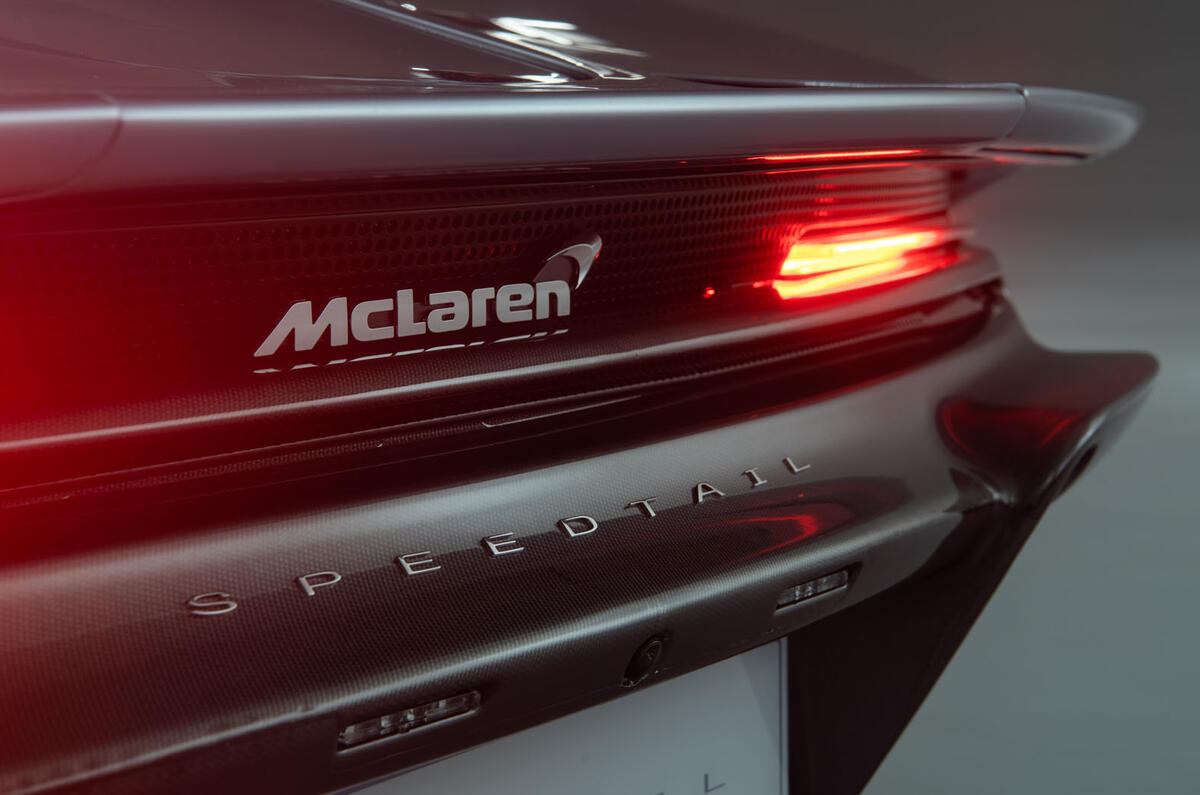
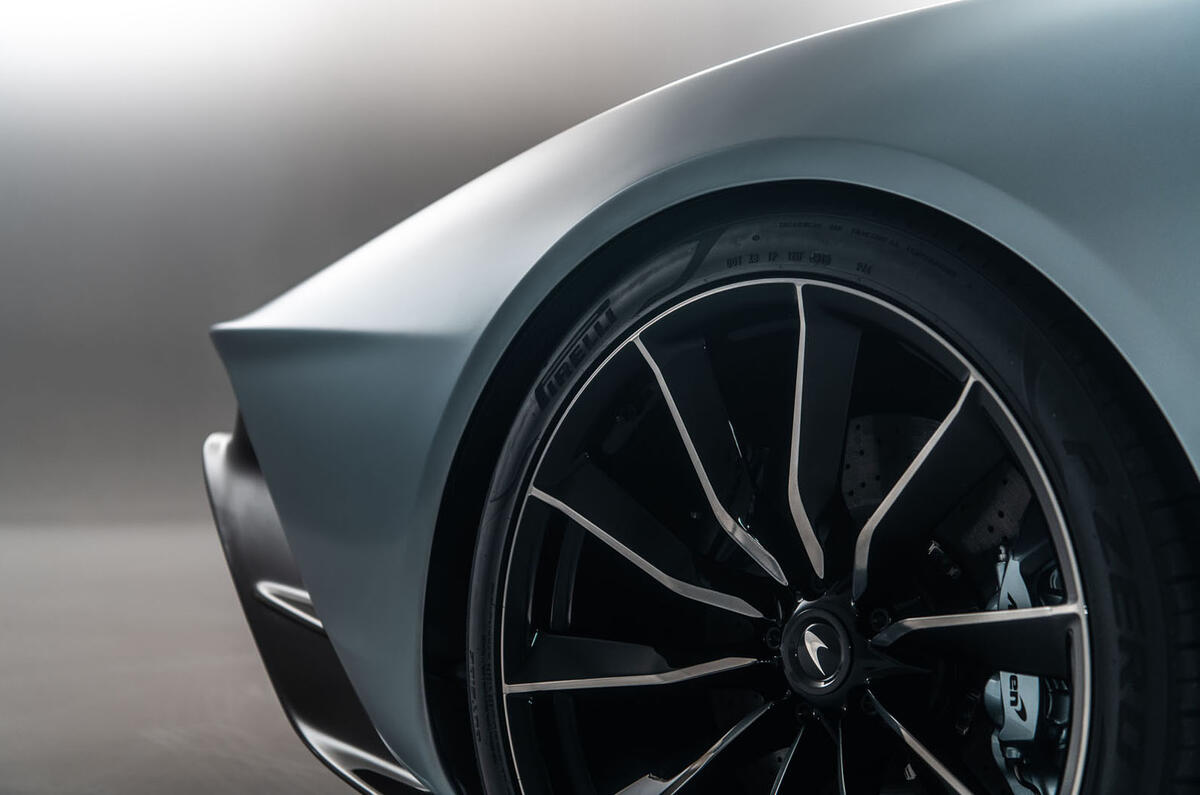
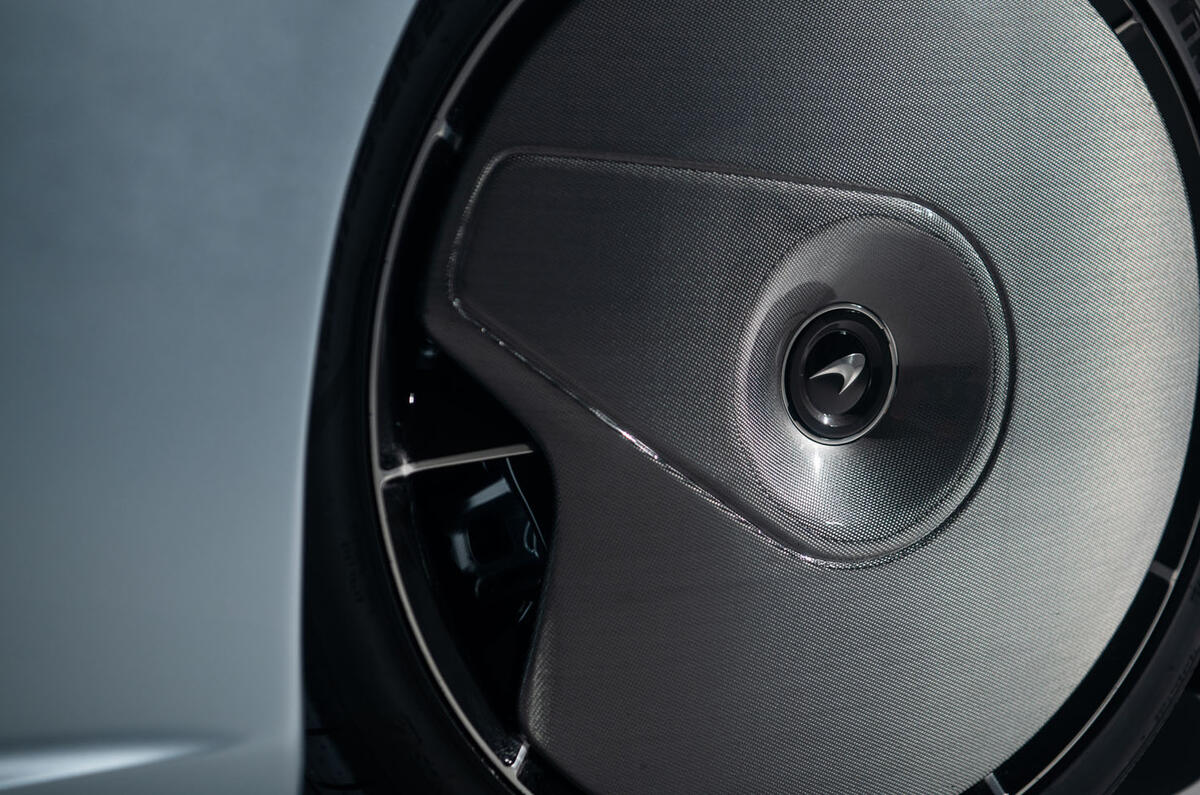
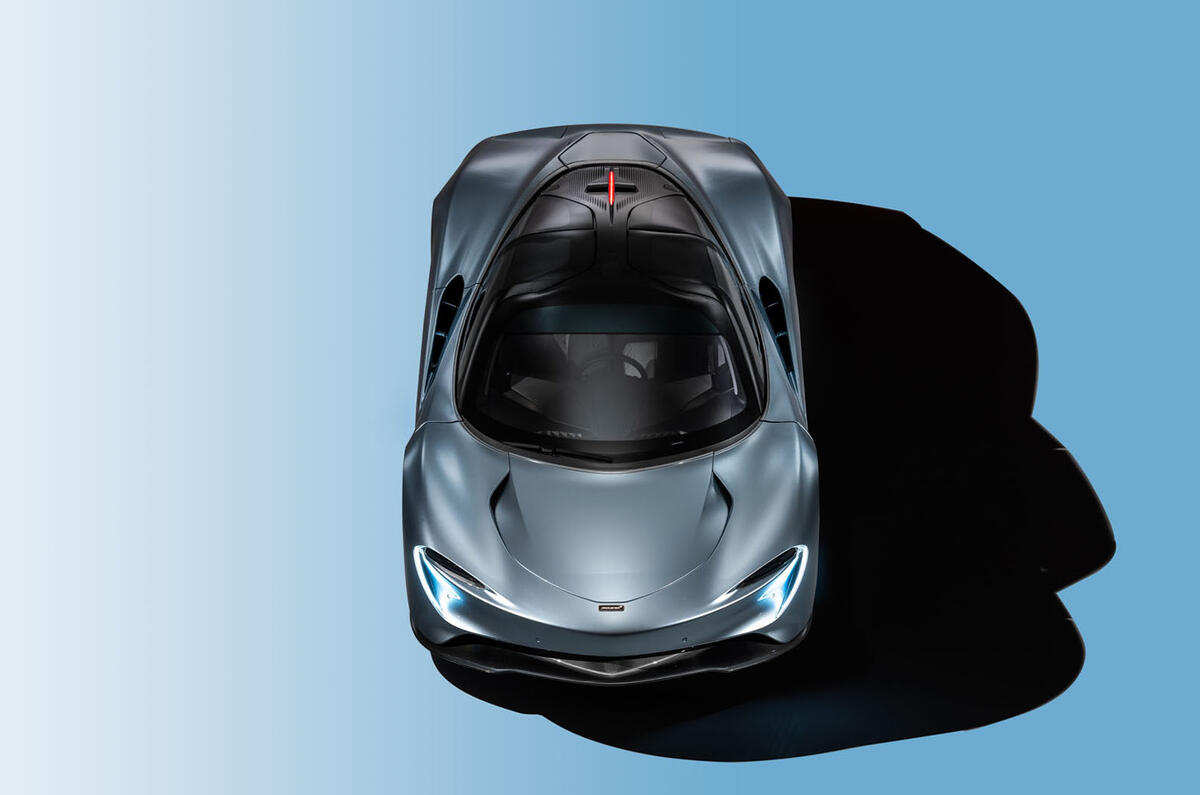
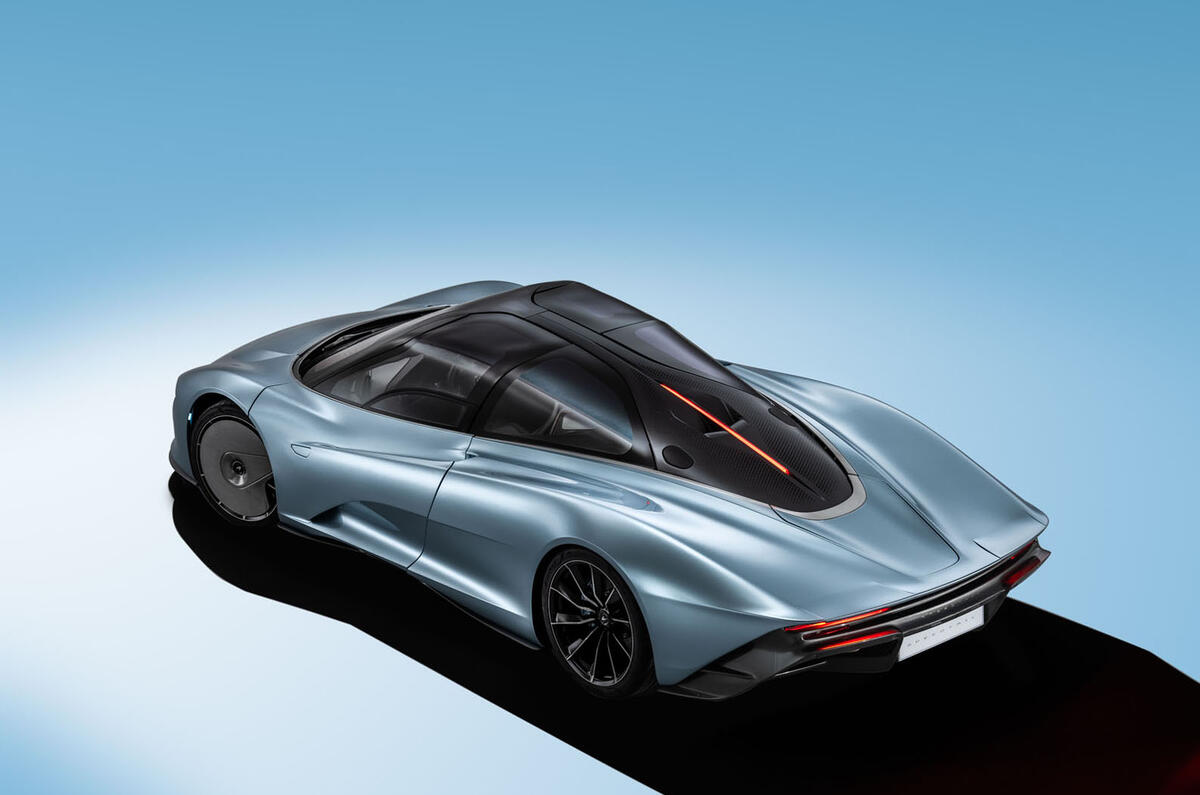
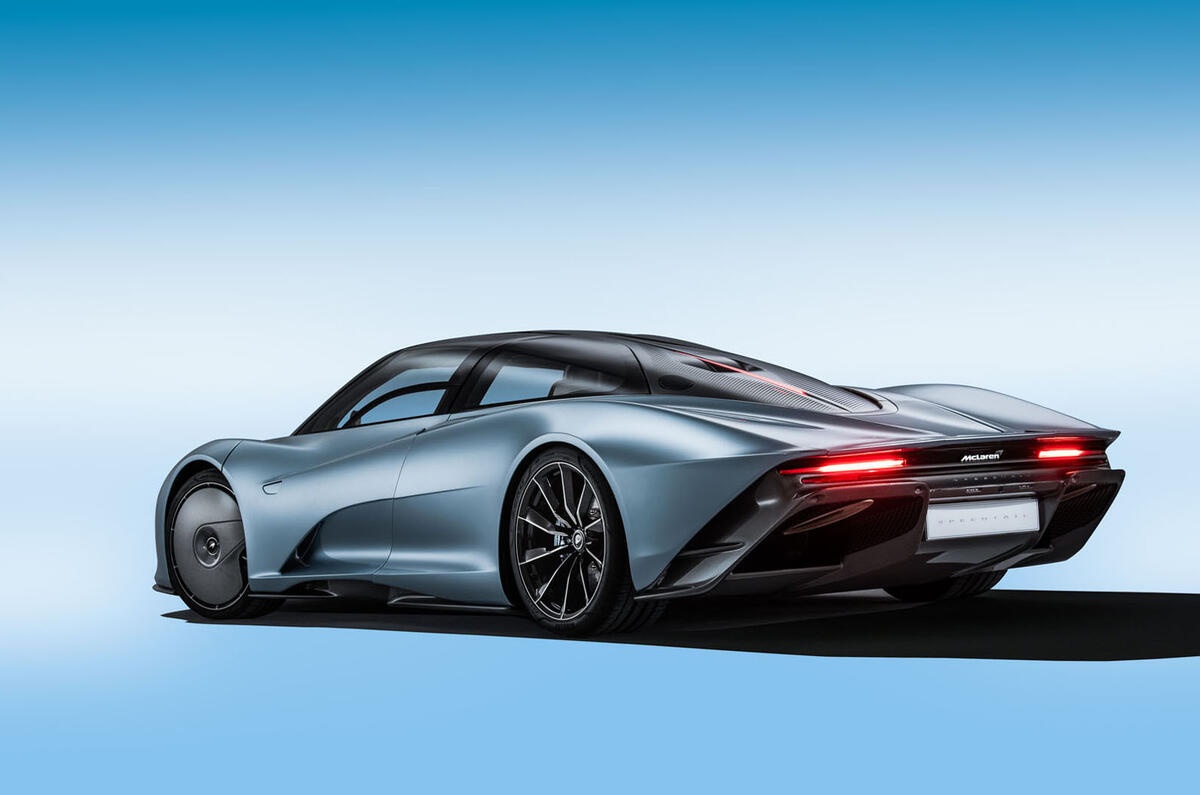
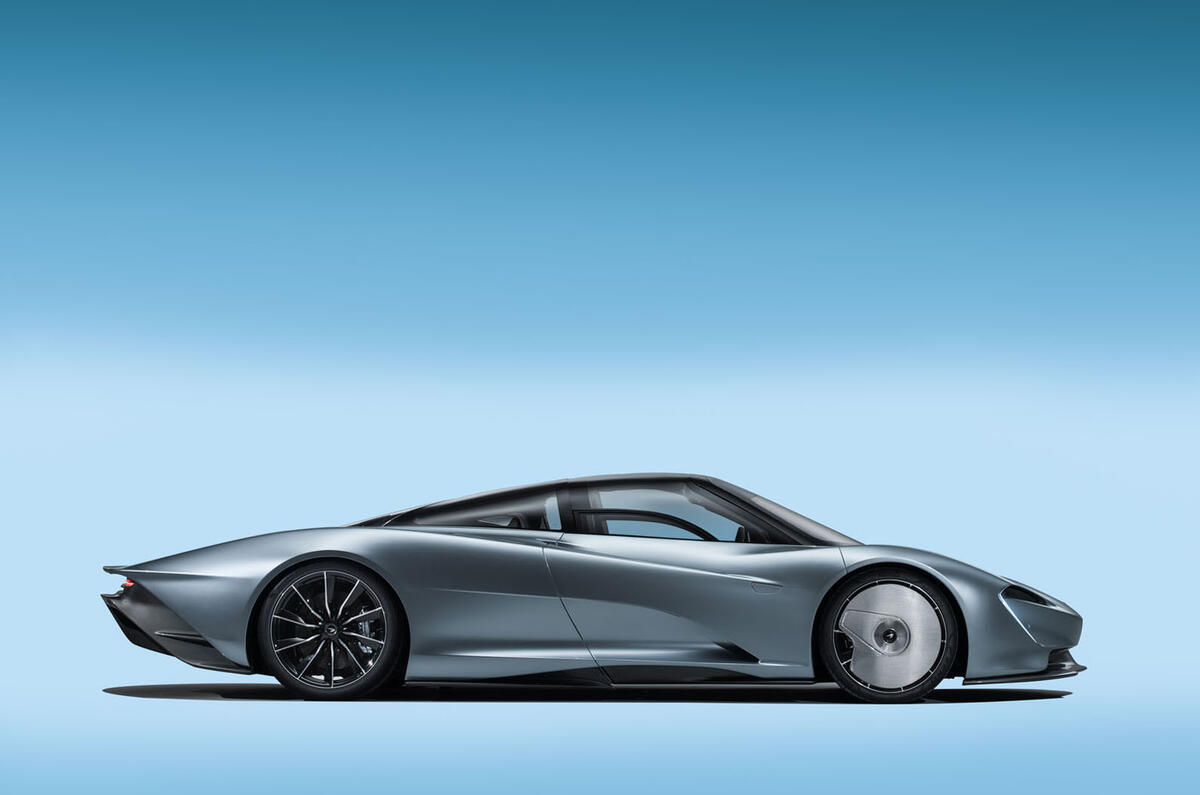
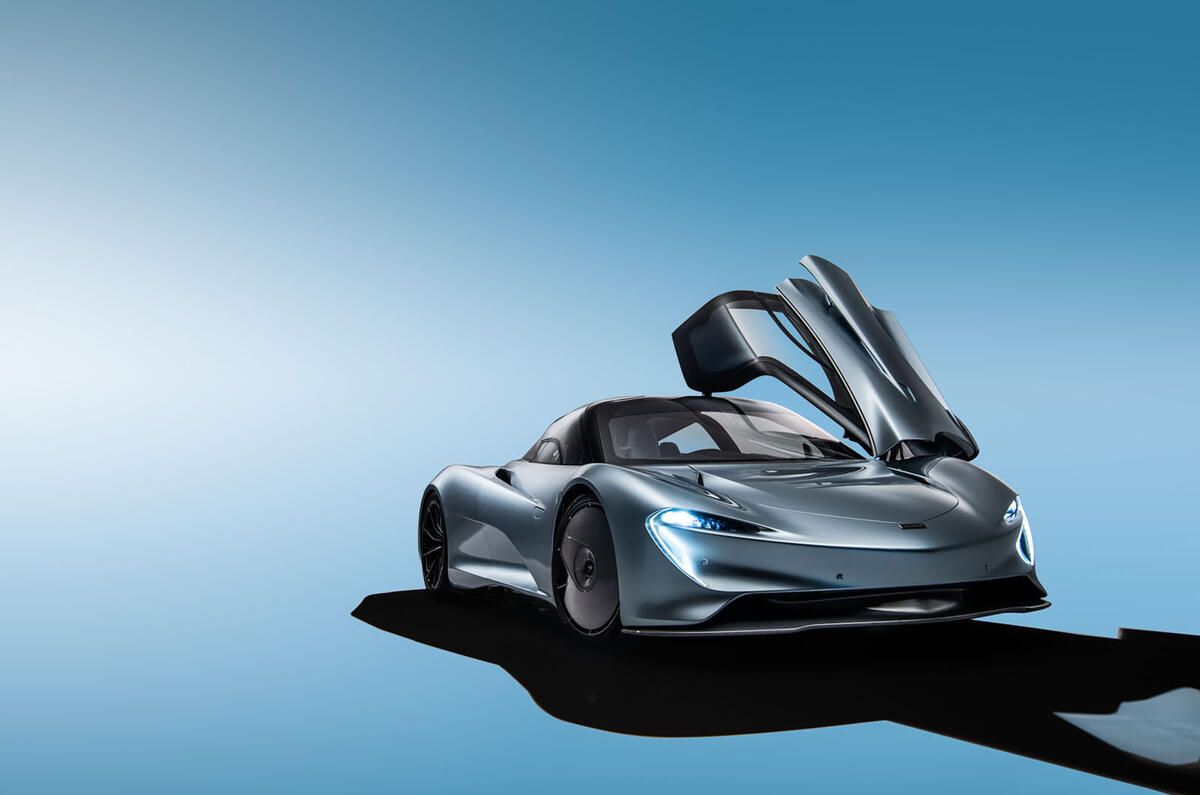
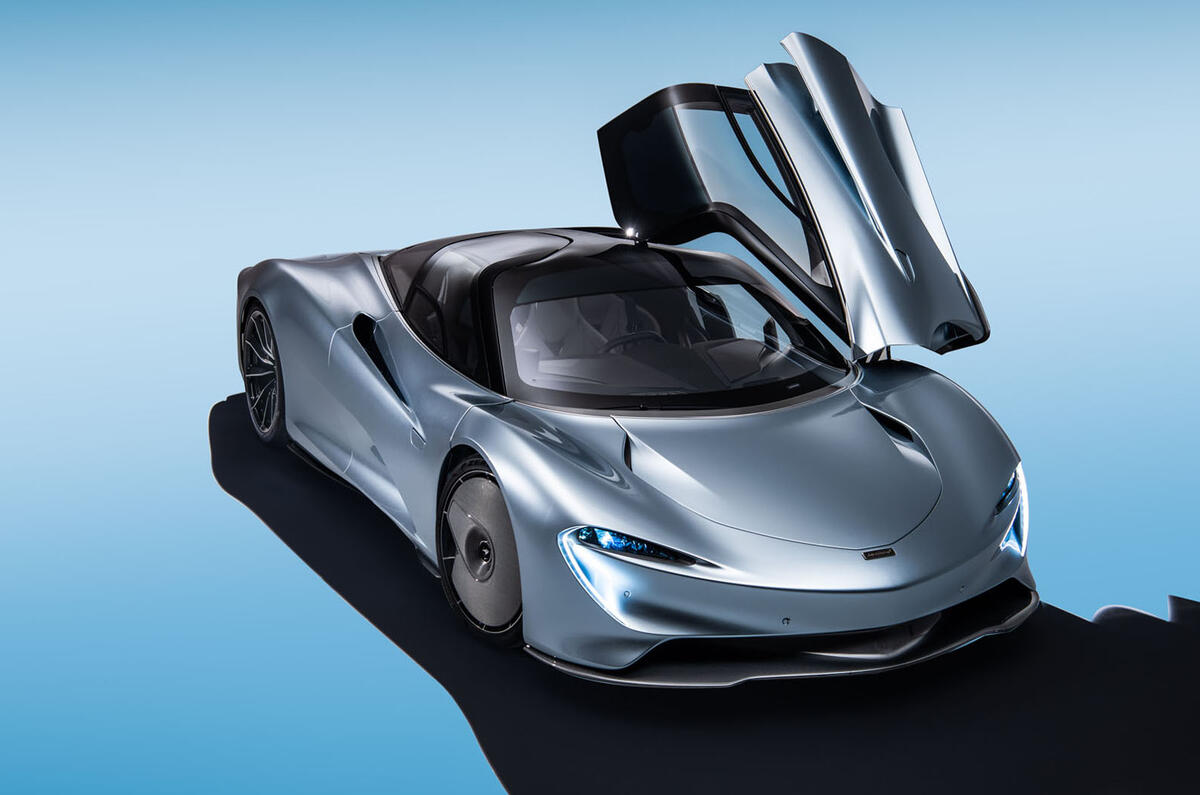
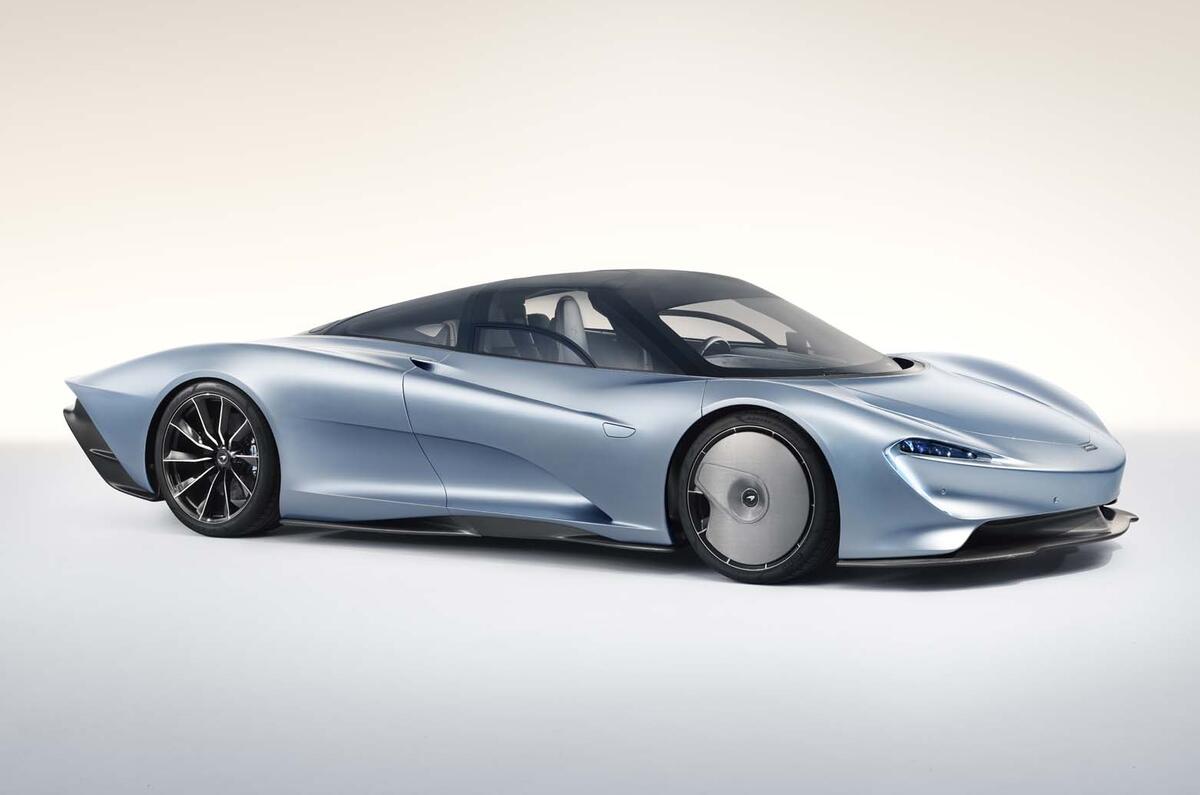
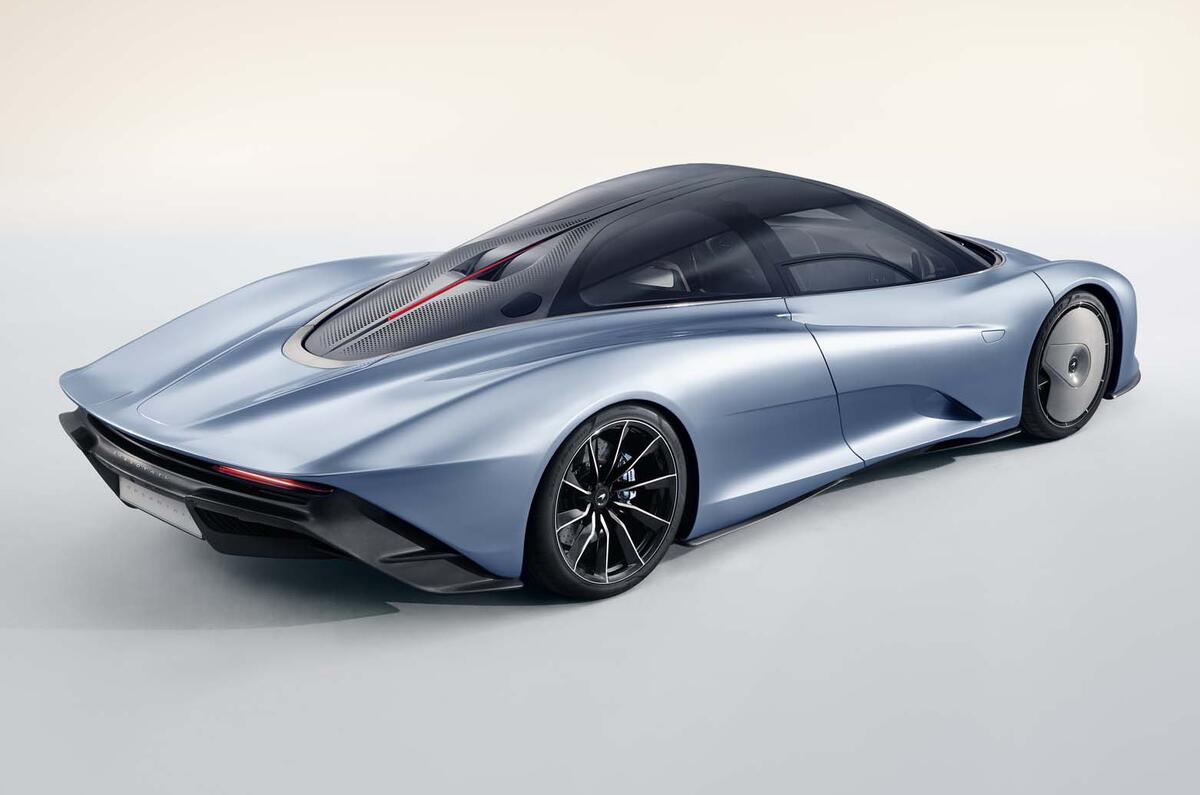
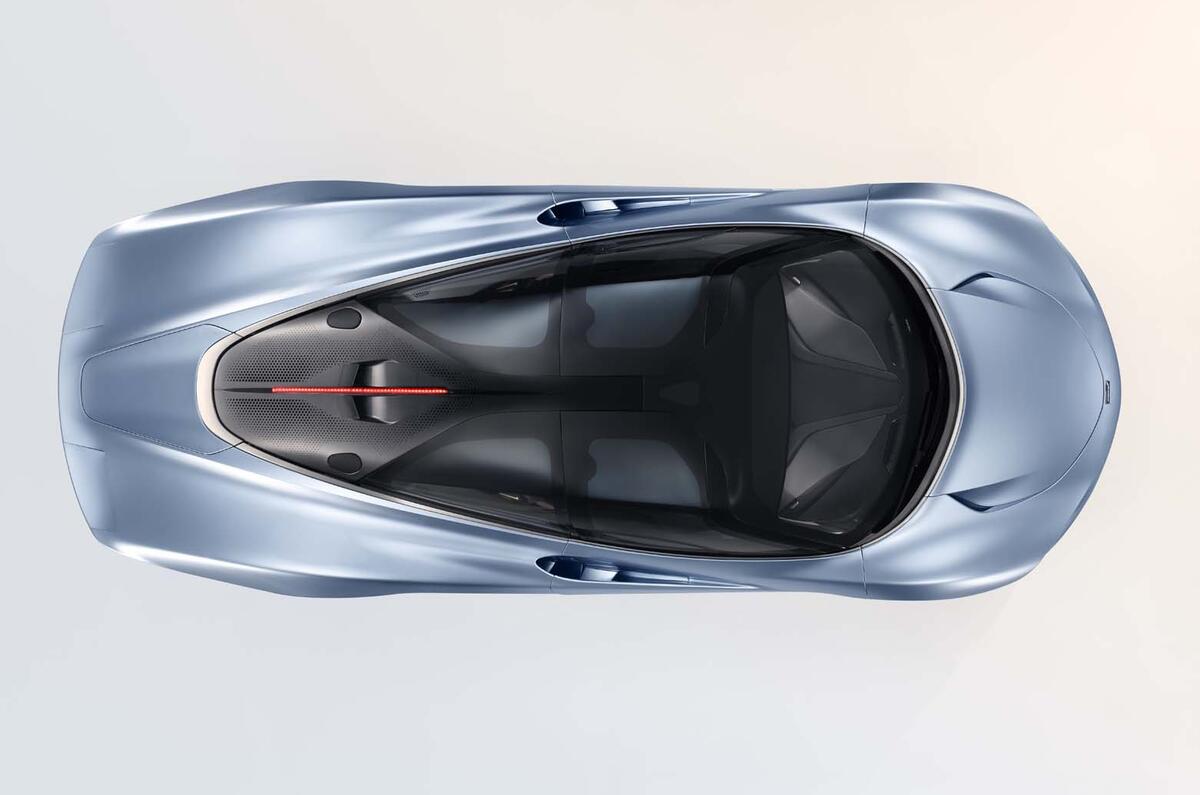
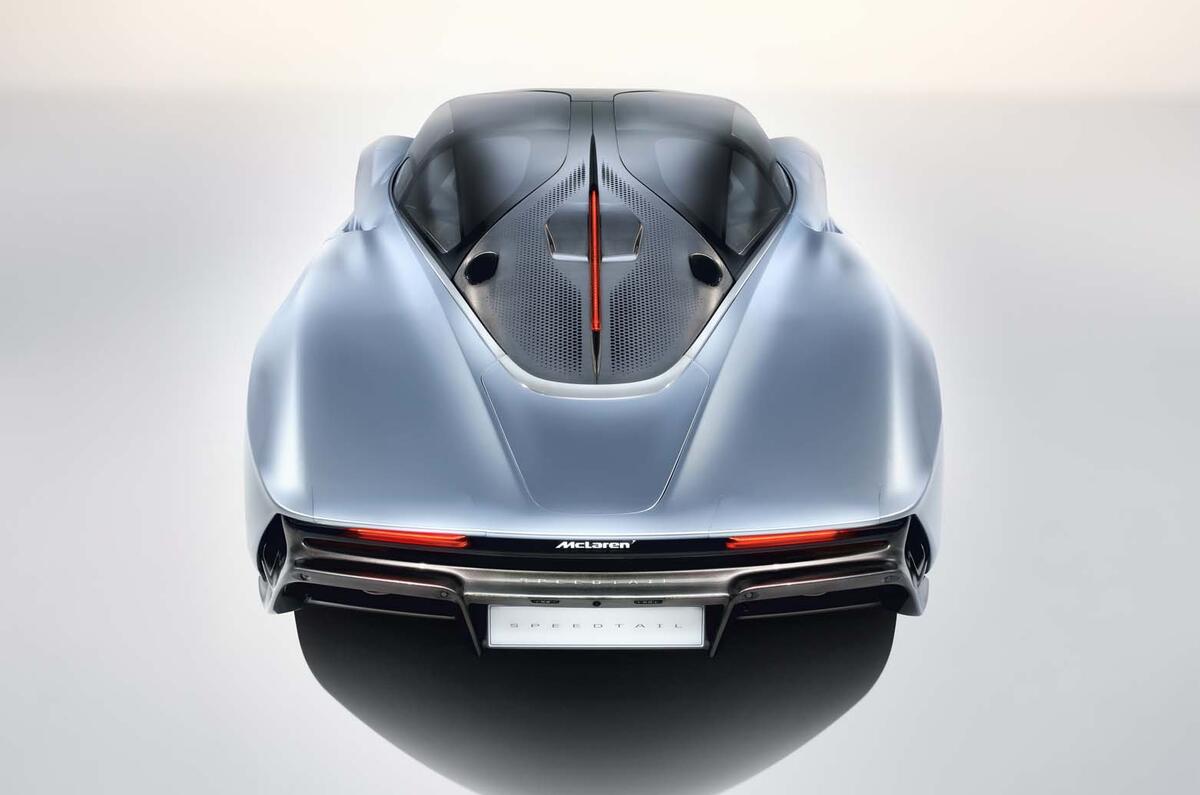
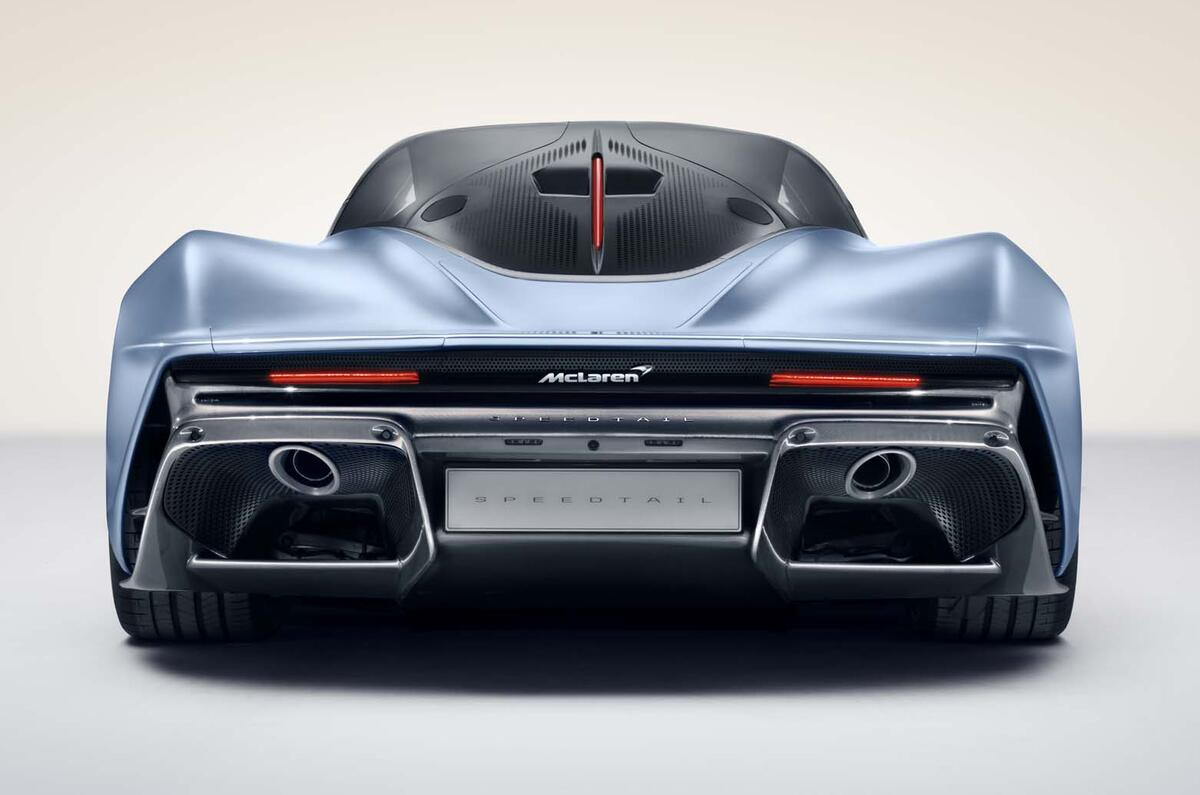
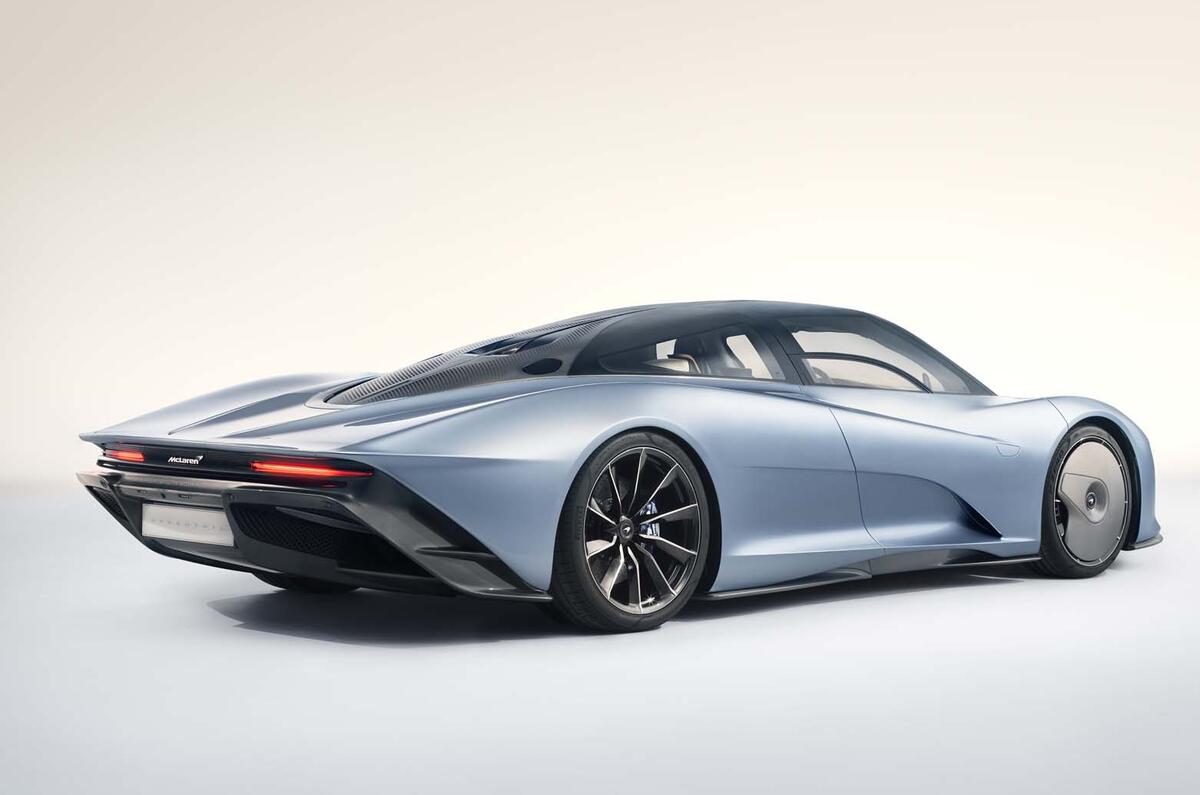
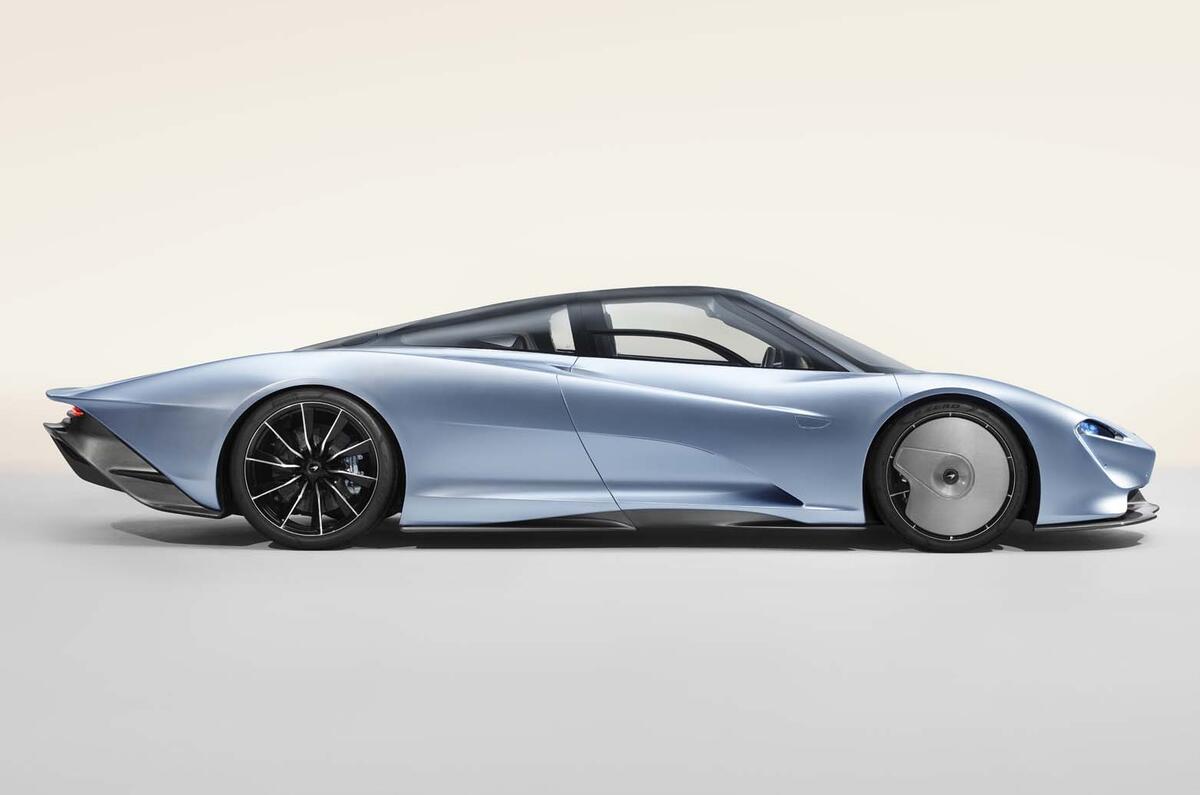
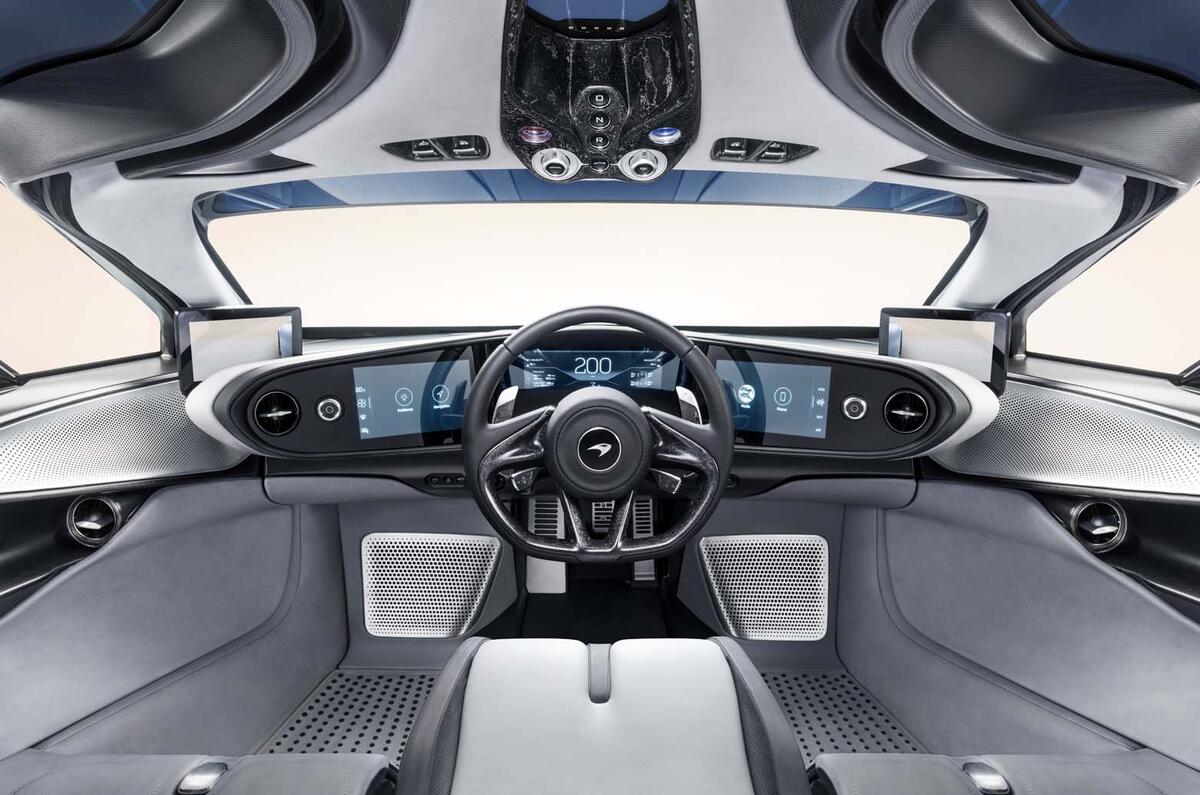
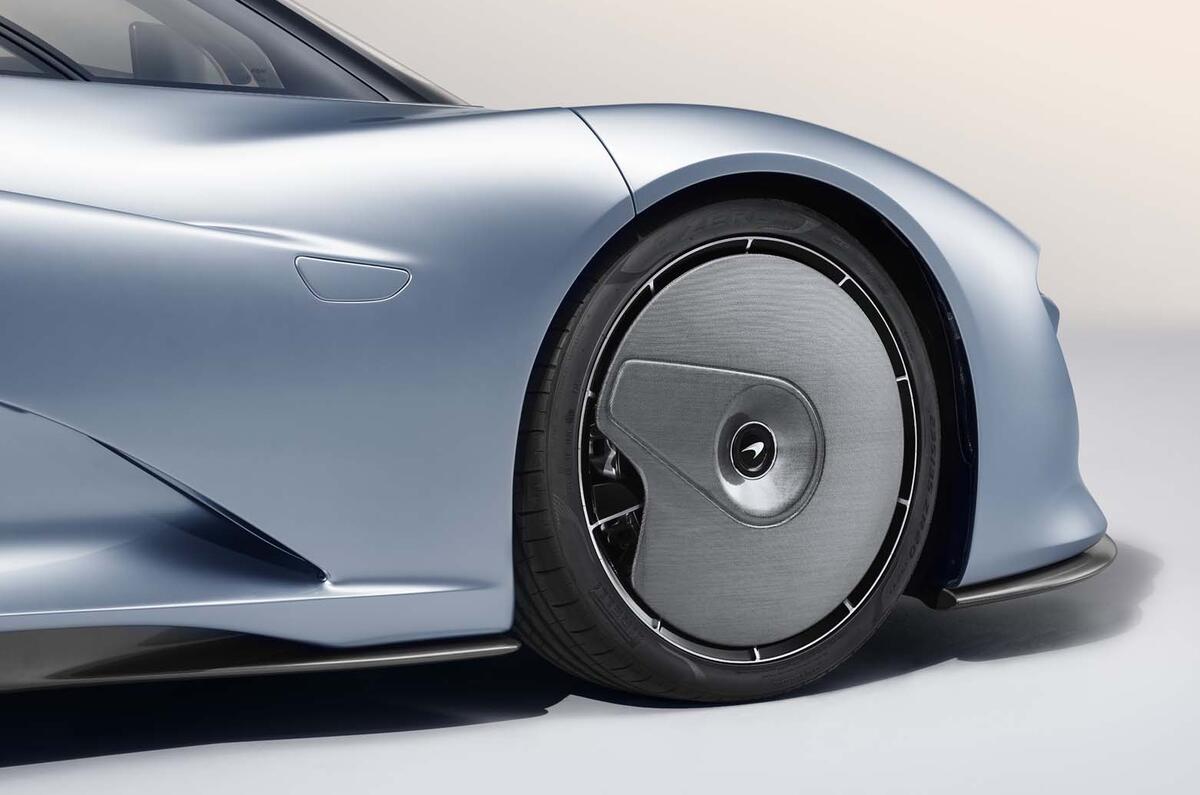
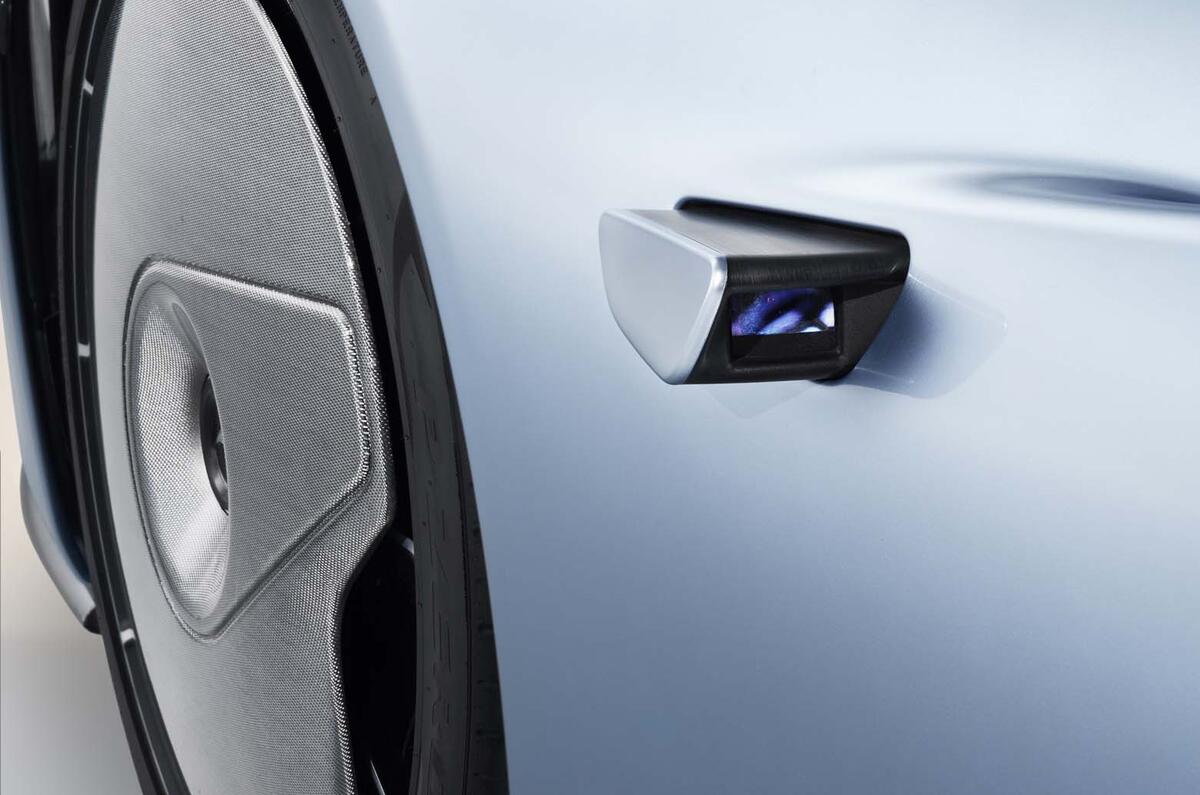
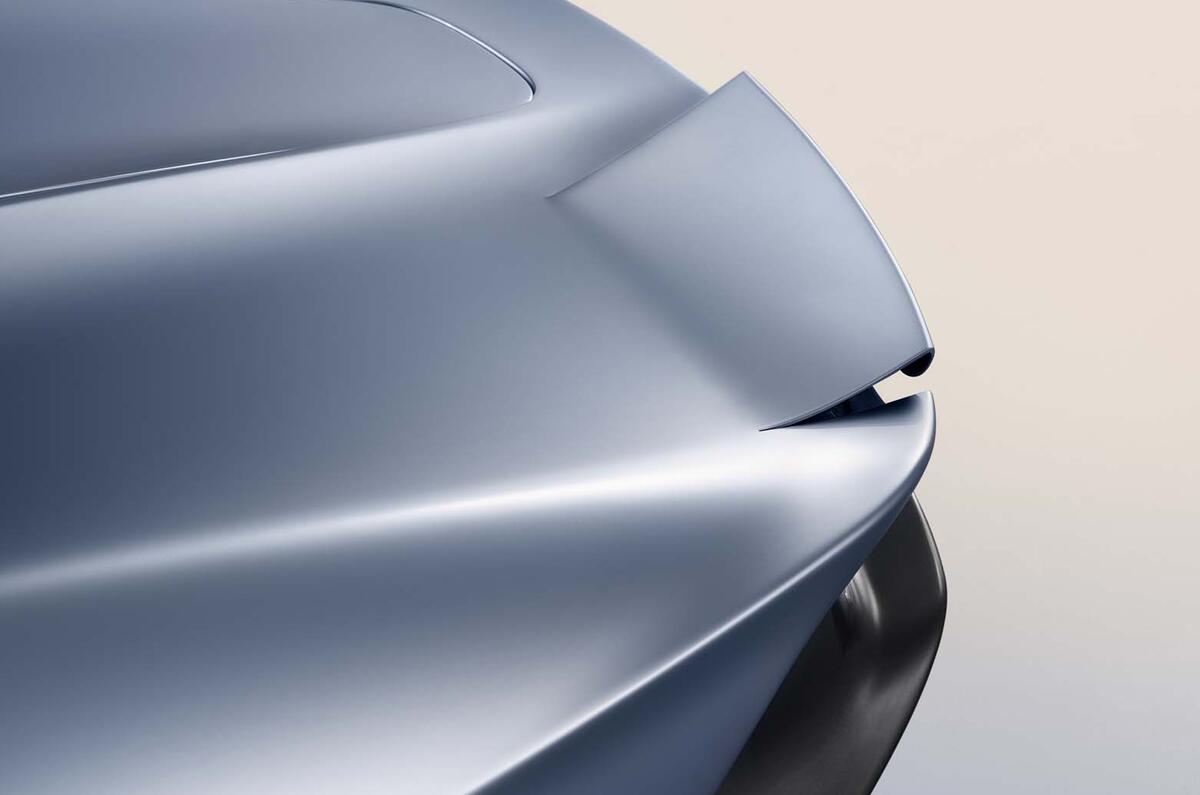
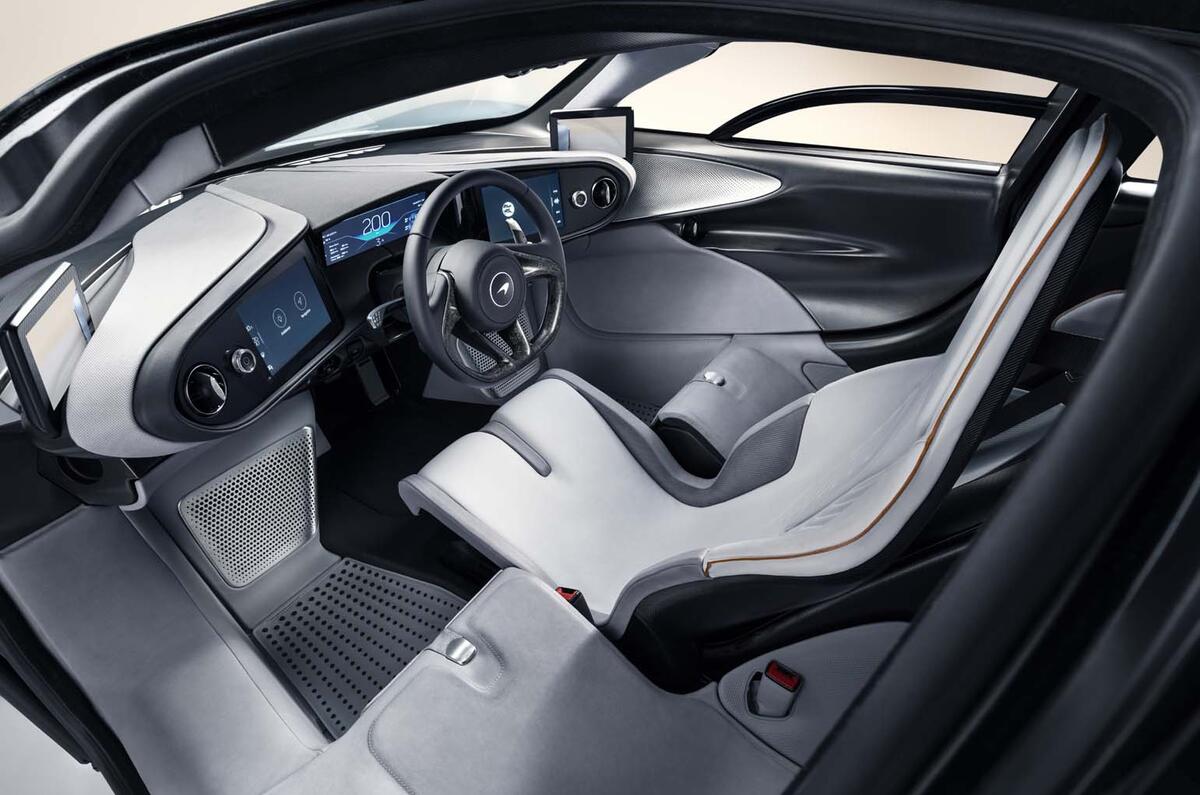
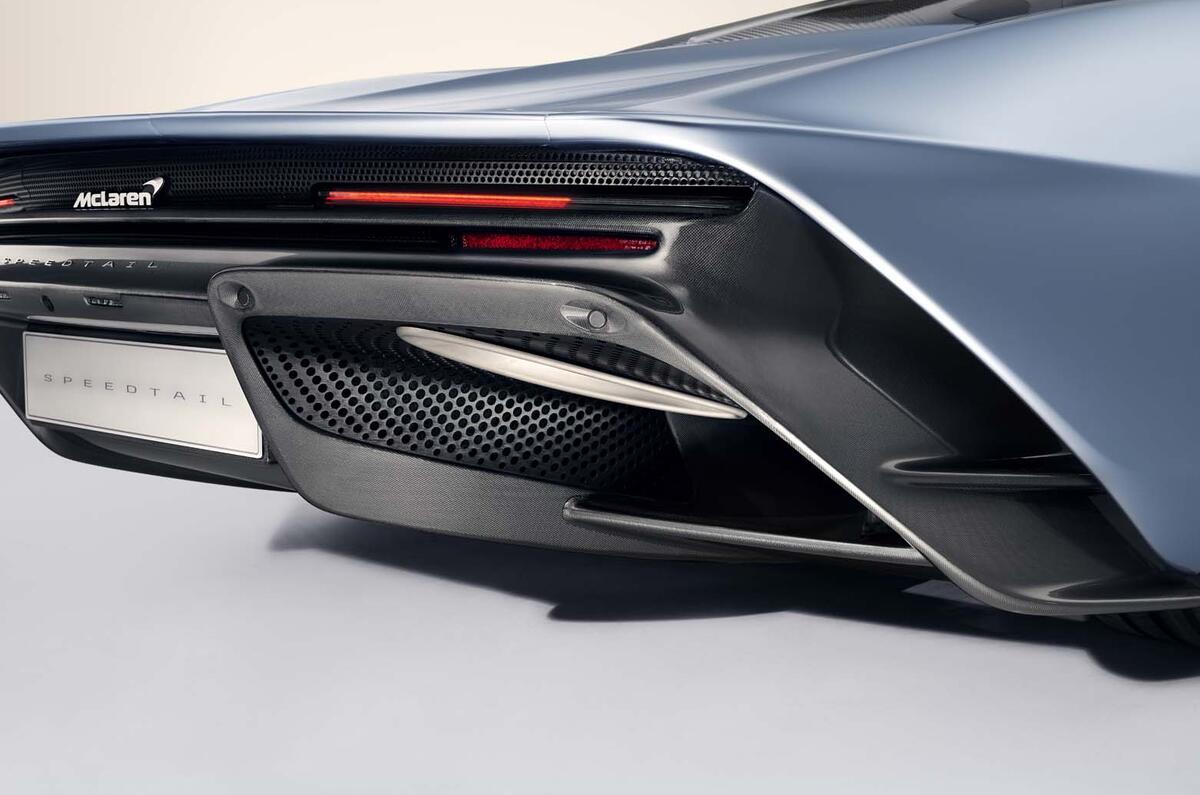

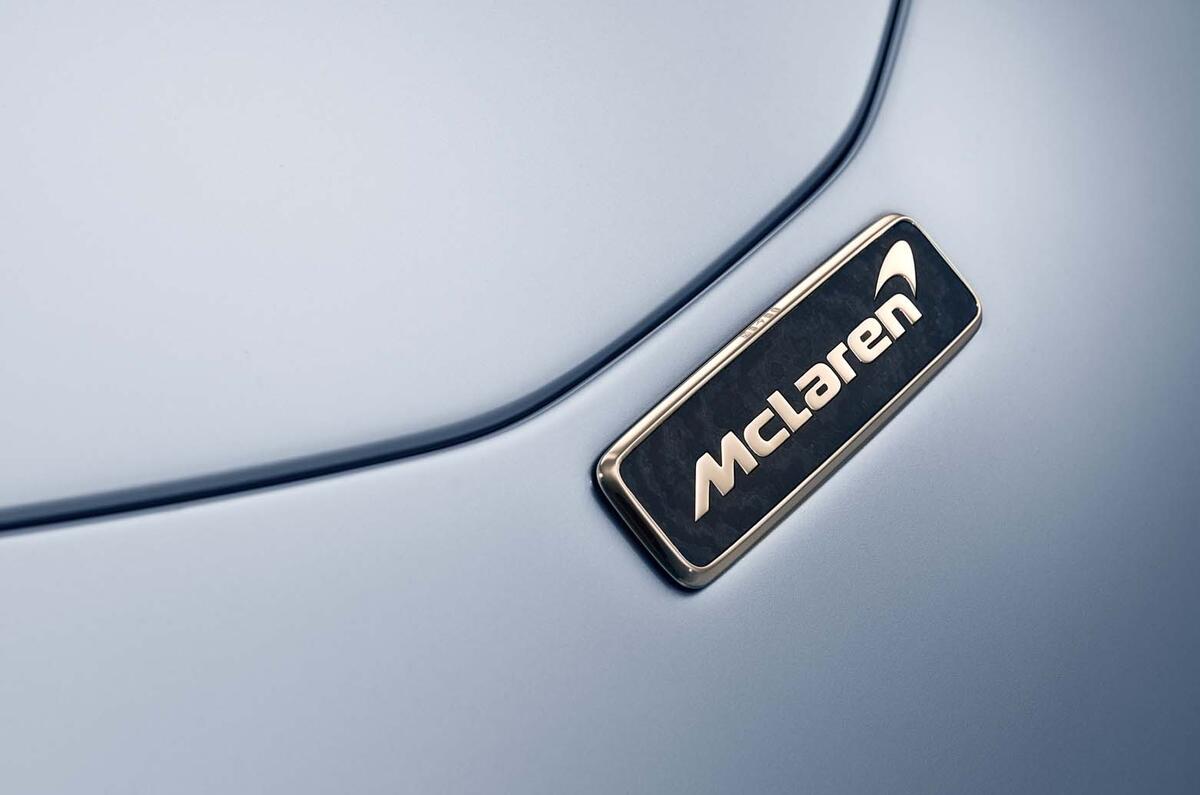






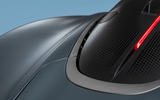



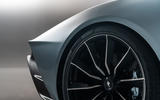









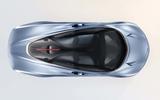
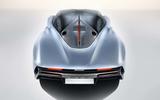




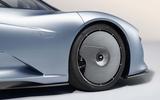
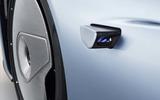


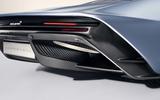














Join the debate
Add your comment
All have already been sold at
(106 models in this case)
I am sick of reading this quote.
I'm not interested in knowing about someone's art collection
I don't have an answer either. I'll stop now.
How far?
It has a Petrol Engine, isn't Range important?, how far will a full Tank go?, it's not even mentioned.
speedtail
Actually it looks like the blue version of the 'new device stuns attacker' just below the main image. McLarens are vulgar. Bring back the Gilburn Invader.
tongue in cheek
I hope! Gilburn Invader..... LOL